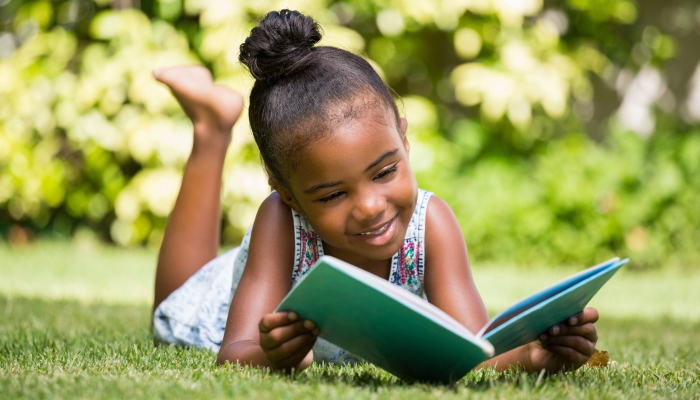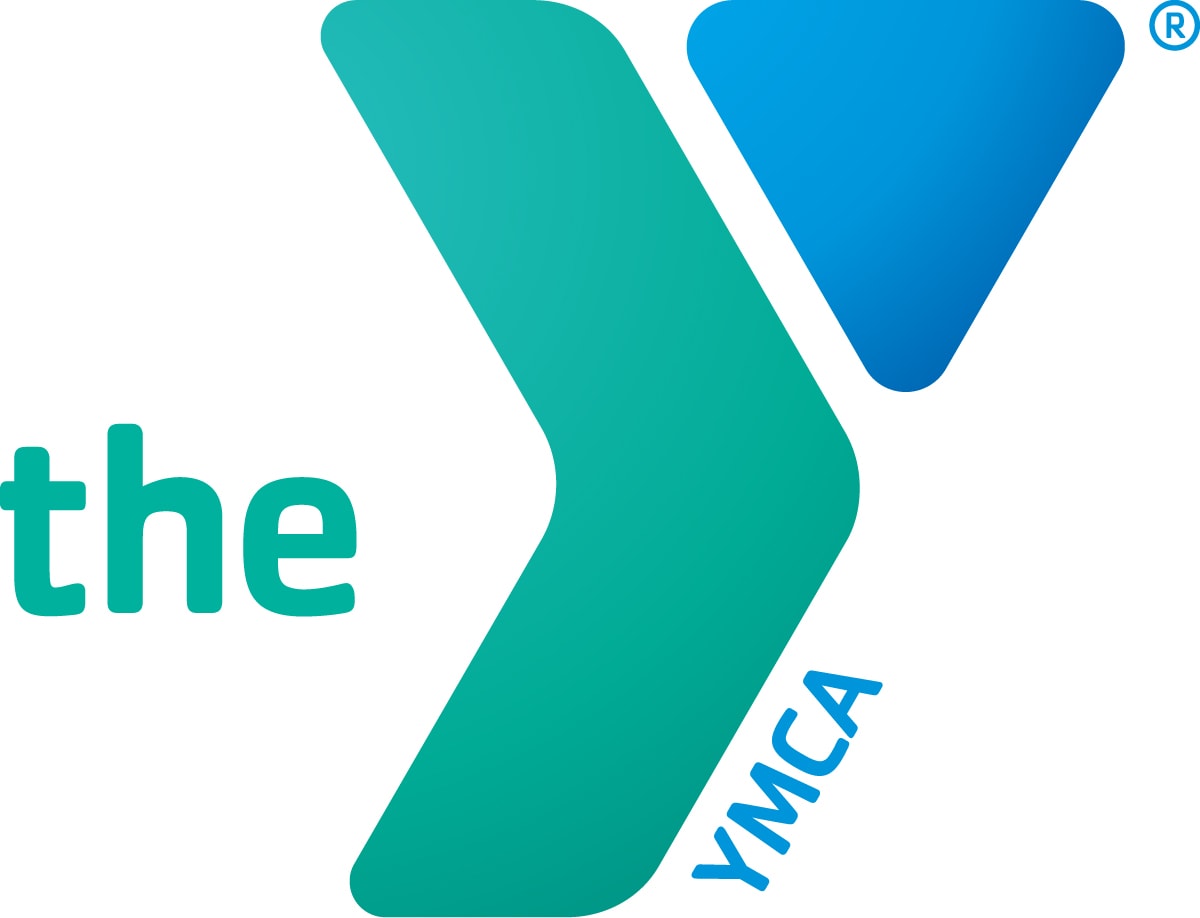By TMoM Team Member Dennette Bailey
As an early educator for over 20 years, I am often asked about tools that can help children learn how to read. I try to impress upon parents that while tools are important, the first and most important aspect of a child’s learning is the home environment. This means that parents and caregivers should model reading for their youngsters. Children instinctively mimic their parents, so the more positive behaviors parents demonstrate for their children, the more positive behaviors their children will exhibit. When children see their parents read, they will also want to read. Make sure there are many books around the home, not just in your child’s room, but in other places in the home. This will establish for your children that reading is important and fun to you.
In combination with modeling, some leading tools will make learning to read enjoyable for children and less stressful for the parents.
#1 Puzzles
Your youngster should start using picture puzzles as soon as they can manipulate their fingers. Demonstrate using 3-piece puzzles with your child as young as 11 months of age. Move up to 25- and 45-piece puzzles by 3 and 4 years of age. Puzzles help your child with their hand and eye coordination. They help your child learn how to focus and look for patterns. They also encourage your child to think and use their memory and these are all crucial skills your child will need when learning how to read.
#2 ABC Match It by The Learning Journey
These alphabet puzzles help your child practice recognizing upper case letters and their lowercase correspondents, as well as the sounds of the letters. Phonemic awareness is crucial for your child to learn to read. Many parents believe their children are ready for kindergarten because they know the ABC song. However, this is very different from knowing the letters and the sounds the letters make. Ask your child to name the letters and the letter sounds out of sequence so you can ensure they understand the letters beyond the ABC song.
#3 Spell It Out Play and Learn by Ravensburger
These are puzzle words broken up with the picture to match. They allow your child to practice words that they can sound out while completing the matching picture. As your child progresses in their reading, they can use more advanced word picture puzzles that do not necessarily follow the basic phonemic rules. However, the basic “Spell It Out” should be used initially, as they focus on the words that fit the phonemic sounds such as words like bat, and cat.
#4 Learning to Sequence story box by Carson Dellosa Publishing
These are story cards that tell a basic story to help a child practice putting a story in order. The stories are composed of actions such as a child making a sandwich from beginning to end. The cards are broken up to show how a child would make a sandwich and the child would have to know what would come first. For example, the card showing one side of a sandwich with jelly would come before the card with the child eating a completed sandwich. Parents can practice telling the story aloud by purposely using terminology such as what happens first, then what happens, next what happens and finally this happens. You should also practice sequencing by utilizing ordinal numbers to express the sequence by saying- this happens first, second, 3rd and 4th. Be sure to practice using both methods when sequencing the story. This is a very important skill that your child must know how to do in kindergarten. Practicing this in the preschool years will help you and your child avoid the anxiety that often comes when the formal learning in a classroom is different from the way the children learn at home.
#5 Lady Bug Letters by Carson Dellosa Publishing
This is a match it puzzles game with a ladybug theme. The child must fit the pieces together. In this manner they practice hand manipulation while also matching up the letters. The object is to match up the letter with the picture that has the same beginning sound. The Lady Bug images have both the upper- and lower-case letters.
You might notice there are no books on this list. This is a learn to read beginners list. Your child must master the letters and their sounds to become a competent reader. This should be done first to avoid your child feeling frustrated when they begin using books to learn to read. Reading to and with your child, from birth, daily should be done to help your child learn the joy of reading. Try not to focus on the teaching your child to read during story time. When your child loves books, they will want to read and learning to read will not feel forced.
Happy reading!
Some other fun games and activities to Learn ABC’s
ABC Fishing Game
Wooding Letter Tracing Board
LeapFrog ABC Backpack
Matching Alphapops
~ Want to see more blogs like this and get notifications on local events and happenings? Subscribe to TMoM’s free weekly newsletters here.










